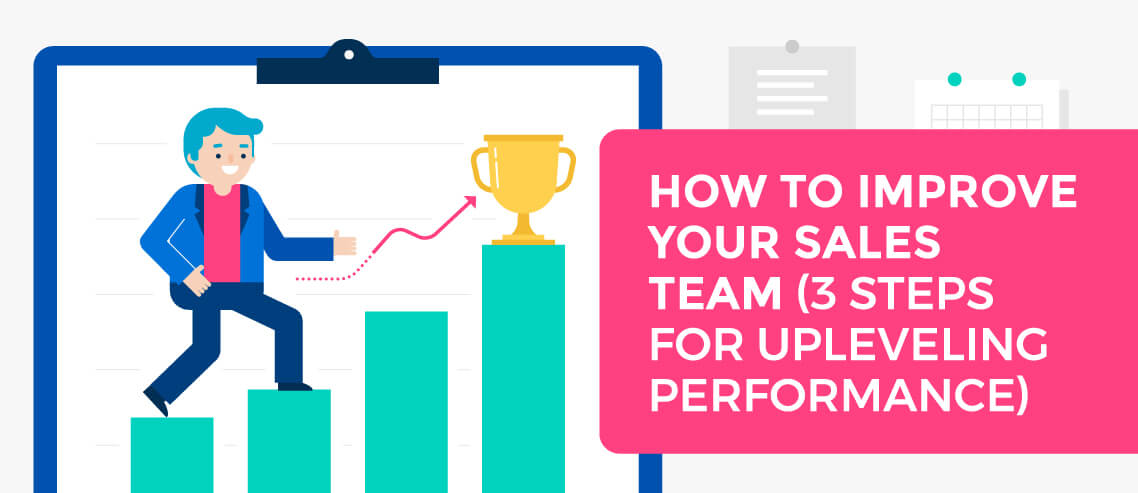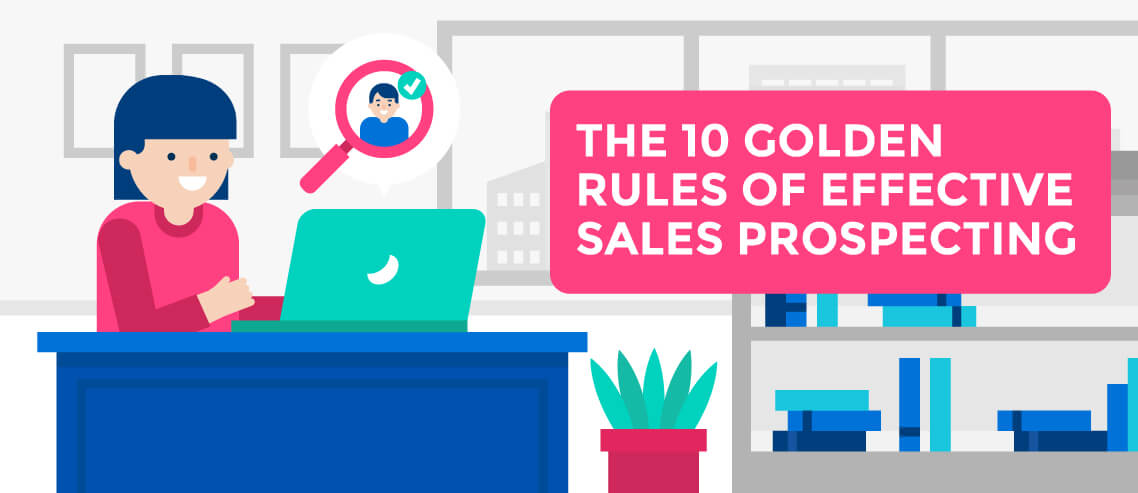A Step-by-Step Guide to Building a Go-to-Market Strategy

Contents
Starting a business isn’t easy. At the start, it can feel as if everything that can go wrong, will go wrong. You’ll put in more hours than you expected, spend more money than you initially projected, and find yourself feeling stressed and overwhelmed before you see any results.
But while there’s no way to predict all the challenges you’ll face ahead of time, you can stay ahead of the game by taking the time to create a thorough go-to-market strategy.
What is a go-to-market strategy?
Every business should have a documented business plan that covers common aspects like target customers, brand positioning, and profit projections. But while many business plans focus more on long-term strategy, it’s just as important to include detail on your go-to-market strategy – your systems of engaging with initial consumers and distributing your first goods or services.
A go-to-market strategy is a playbook that describes every step you’ll take to enter a new market and provide value to the consumers. This can apply to launching brand new products and services, reinventing your existing brand, or entering an entirely new market altogether.
Why do you need a go-to-market strategy?
To be blunt, a huge percent of businesses fail in their first year. The U.S. Bureau of Labor Statistics has countless charts and statistics to back that up, but at this point, it’s common knowledge. Not everyone has what it takes to relentlessly overcome every hurdle that comes with starting a new business or entering a new market.
A well-thought-out go-to-market strategy helps align your ambitions with reality by providing a framework that’ll boost your chances of success by requiring more due diligence. Creating a go-to-market strategy requires answering tough questions, doing your research, and talking to experts. To put it plainly, it helps your team work out the kinks in your plan and prepare for potential risks before you launch.
The 4 Main Components of a Go-To-Market Strategy
Creating a go-to-market strategy isn’t easy. But worthwhile things rarely are, and completing one will provide you, your team, and your stakeholders with greater confidence. Here are the four essential pieces of any effective go-to-market strategy:
1. Product-Market Fit
Before you begin assessing a market for possible entry or expansion, you have to confirm your product-market fit. That’s a fancy way of saying that you’ve confirmed that customers find your product or service valuable.
A great product-market fit means your product’s value is self-explanatory. It nearly sells itself. A poor product-market fit means you’re constantly explaining the value, and word of mouth growth isn’t really happening.
To find your own product-market fit, start by asking yourself what problem your products solve. Then, go out and survey or interview potential customers to get their honest feedback. If they don’t see your product or service as a possible solution, you aren’t ready to go to market.
2. Target Market
Once you know what problems you want to solve and feel there’s a real need for them, you need to figure out exactly who your customers are and where they’re located. Ultimately, you need to do deeper research to figure out the size of your market and as many other details about your target customers as possible.
Figure out their pain points, who’s experiencing the problems your product can solve and how much they’d pay to solve them. If there’s a mismatch between your target customers’ pricing expectations and the price you need to sell your products or services at to be profitable, something has to change before you enter the market.
3. Competition and Demand
These days, it’s pretty rare to enter into a market without competition of some kind (even companies that think they’re disruptors usually aren’t).
Once again, you’ve got to do your research. Who else is trying to solve the problem your product or service solves? What differentiates your product or service from these competitors? Is the market oversaturated, or would consumers welcome another solution?
Understand who’s already in the sandbox you want to play in so that you can tailor your go-to-market strategy to your specific market.
4. Distribution
Finally, it’s not enough to have a great idea and people willing to pay for it – you need a way to deliver on your promises.
If you’re planning to sell physical goods, planning a distribution process can be fairly involved, as you may need to identify suppliers, partner with manufacturers, lease warehouse space, identify retail partners who will stock your items, or build out your e-commerce engine.
But even if you’re selling services, you still need to be concerned about the profitability of your distribution strategy. You may not have many overhead expenses, but you still need to properly account for the value of your time. Don’t go to market with a delivery plan that’s going to leave you in the hole from day one.
How to Develop a Go-to-Market Strategy
Developing a go-to-market strategy isn’t a one-size-fits-all kind of task. Your specific strategy will vary depending on a variety of factors like industry, competition, and resources. That being said, there are eleven steps that are pretty universal to the process:
1. Define the problem your product/service solves
This one feels self-explanatory. You need to know the problem – and, more specifically, how your product or service solves it. Start by opening up a Word document and typing out your responses to questions such as:
- Why do I want to enter this market?
- What problems exist in this market?
- How can I help solve these problems?
- How will my product or service be different from the competition?
2. Identify your ideal market and buyers
This next step goes a layer deeper and pushes you to get even more specific. If you’re targeting the automotive industry, for example, then perhaps you want to narrow your business down between domestic and import vehicles. Maybe even set your sights on a price range. Are you selling to wholesalers, other businesses, or direct to the consumer?
The more specific you can be, the better. Remember, this and other exercises will help lead you to potential buyers for your product or service.
3. Research the demand for your product
Now that you’re getting more granular, it’s time to figure out just how much of a market exists for your idea. Part of this exercise could take you to sites like Statista to gather comprehensive data on specific industries or markets. You’ll want to look for market overviews that contain statistics, forecasts, trends, and, if possible, some customer sentiment analyses.
At this point, you’re looking for a 10,000-foot view of the industry. What are their big-picture struggles? How about the day-to-day problems? Once again, where does your product or service fit in here? Keep going here until you feel confident you fully understand the market demand for a solution.
4. Research the feasibility of your product
With a decent view of the market, the demand, and the problem you want your product or service to solve, it’s time to reflect on its feasibility. To put it plainly, can you actually launch a competitive product or service in this market that people will buy and – perhaps most importantly – that will generate a profit for you and your company?
To answer this question, consider whether the technology required to create or deliver your solution currently exists (or if the capacity to create it exists, at least). You’ll also need to figure out your direct and indirect costs for creating it and sustaining operations. Lastly, consider legal, security, and financial implications to ensure the risk is worth the reward.
5. Develop a Product Roadmap
Now that your vision is complete, it’s time to walk through all the steps from ideation and planning to launch. Jot down every single detail you can think of, including the tasks, milestones, and resources you’ll need to pull it off to bring your solution to market.
Define the core product and any features you’ll want upfront, and add those you may want to release in the near future. Prioritize that list, assign out the work (if you can), and keep going until you’re ready to launch. If this feels like an oversimplification of the process, that’s because it is.
6. Create ideal buyer personas
Theoretically, you’re ready to launch at step six, but how you launch is an important and often overlooked component of building a go-to-market strategy. To begin, create more detailed buyer personas. Lean on the research you did in steps 2-3 to answer questions like:
- What part of the world do my customers live in?
- What drives them?
- What are their goals?
- What do they value?
- What’s their level of income?
- How tech-savvy are they?
- What bothers them?
- What keeps them up at night?
- Are they repeat buyers? Or do they switch products every ten years?
Ask and answer dozens of these questions until you feel like you could write their resume or give a speech at their wedding. That’s an exaggeration, but it should get the point across. Make these personas feel real.
7. Outline the buyer’s journey
The buyer’s journey is pretty static and straightforward. It consists of four parts:
- Awareness
- Consideration
- Decision
- Loyalty
Buyers do not need to be aware you exist. That’s where marketing comes into play. They’re going to consider you and weigh your product or service against what’s available in the marketplace. A great website and remarkable content will help get you there.
When potential buyers are ready to decide, see a demo, or get a trial going, you’ll need a salesperson to facilitate the deal (whether that’s you or someone you hire). Finally, don’t drop the ball after the sale is made. Invest in building renewal mechanisms that keep customers happy, satisfied, and loyal.
8. Develop your pricing strategy
Pricing is another step that’s pretty straightforward, but still worth the time to get it right. For many companies, customer acquisition costs are high. If it’s possible you won’t see a return for months, if not years, it’s even more critical that you price appropriately and take regular attrition into account.
Will you sell your product or service one time? Or will your solution have ongoing costs, like a subscription? How about cancellation terms? Can customers cancel anytime, or will you sell on a contract basis? Again, the more detail you can develop at this stage, the better.
9. Write your messaging
By now, you know your market, your customer, your competition, and your product or service better than anyone. Write down where you stand in the mix of your marketplace, as well as what you hope to achieve. Write down your features, but more importantly, write down how they translate to actual value and benefits to the end consumer. Doing this will help you create content, fill your website, and sell more.
10. Develop a sales strategy
Your sales team needs a detailed sales strategy if they’re going to have a fighting chance at getting people interested enough to hop on a call or respond to an email. Yet again, this is an area too detailed to summarize in one paragraph, so check out this article on How to Create a Sales Plan in 10 Steps (+ Free Template).
11. Develop customer support processes
Last but not least, you’ll need a way to support clients post-purchase. When things go wrong (and they will), the client needs to know you stand behind your promises and will make things right. As part of your go-to-market strategy, create support content, hire support staff, and make it easy for clients to get in touch with you.
Getting ready to go to market
Getting your product or service into your customer’s hands is just the beginning – after that, you’re playing a game of scalability, support, and survival.
Once you’ve gone to market, you’ll need to be ready to constantly iterate and stay ahead of competitors, while also staying true to your brand’s promise. It’s not always easy, but it’s always worth the effort.





